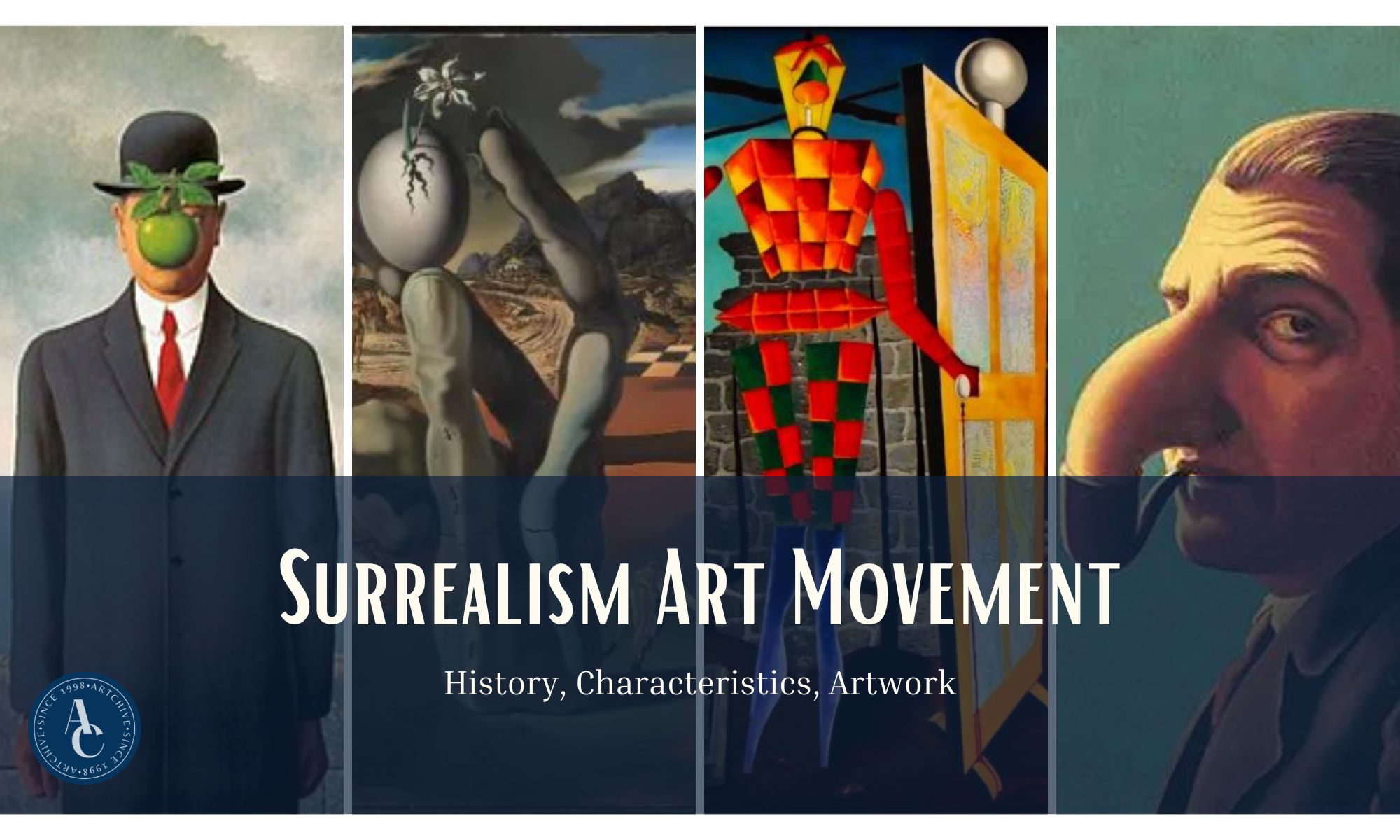
Gala Dalí’s Essential Role in the History of Surrealism

Gala Dalí: The Strategic Architect Behind Surrealism’s Leading Man
In the lore of 20th-century art, Salvador Dalí remains one of history’s most flamboyant icons. His twirled mustache, bizarre dreamscapes, and boundless ego cemented his place on museum walls and pop culture references alike. Yet, standing in the shadow of his myth is Gala Dalí — his muse, manager, partner, and perhaps most crucially, his strategist. A new biography, Surreal: The Extraordinary Life of Gala Dalí by Michèle Gerber Klein, sheds overdue light on this enigmatic and misunderstood force behind Surrealism’s public face.
A Muse Beyond the Canvas
Born Elena Ivanovna Diakonova in 1894 in Kazan, Russia, Gala Dalí’s early life was marked by hardship and illness. It was during her recovery from tuberculosis at a Swiss sanatorium that she met the French poet Paul Éluard. Their relationship propelled her into the avant-garde scene of 1920s Paris, where she became an integral figure among the Surrealist circle.
Max Ernst’s 1922 painting “Rendez-vous of Friends,” a Who’s Who of Surrealists, includes only one woman — Gala, then still married to Éluard. More than just a passive observer, she was a vital link connecting key figures like André Breton, René Char, and Yves Tanguy. Many noted her penetrating intellect, commanding presence, and borderline mystical aura — a woman who “saw futures” rather than trends.
Falling for Dalí — and Transforming His Fortune
In 1929, Gala met Salvador Dalí in Cadaqués, Spain, sparking a relationship that would define both their lives. She left her husband and daughter and threw herself into Dalí’s career like a gifted impresario. Far more than a model or romantic partner, Gala orchestrated Dalí’s public image, managed his finances, curated his exhibitions, and negotiated deals with collectors and galleries.
From selecting Dalí’s outfits — often whimsical and surreal in themselves — to overseeing the sale of his works, Gala was the architect of his success. She was considered his “rock,” not merely figuratively but organizationally, someone whose steady presence anchored Dalí’s chaotic creativity. She even inspired him to co-sign artworks with her name, including his famed 1944 canvas, “Dream Caused by the Flight of a Bee Around a Pomegranate a Second Before Awakening.”
A Reassessment of Her Legacy
Gerber Klein’s biography does not ask whether Gala deserves historical recognition — it illustrates her profound influence through documented fact. While Dalí’s antics drew public attention, Gala’s calculated efforts kept the machine of his fame running. She was, in the words of some contemporaries, “hard” and “intrepid,” strong-willed and unapologetically pragmatic.
However, the title “Surreal” seems a misnomer when applied to Gala. Her persona was perfectly composed, often dressed in Chanel and Dior, exuding elegance and control. If Dalí embodied chaos, Gala embodied clarity. She channeled the movement’s energy into tangible outcomes, turning dreamlike visions into financial and reputational success.
Still, the mystery remains: what fueled her relentless drive? Was it a measure of thwarted ambition, shaped by the constraints of womanhood in the early 20th century? In a rare confession quoted by Gerber Klein, Gala admitted she would’ve liked to have been born a man “because then she could have accomplished great things.” Instead, she funneled her ambitions into the men around her — Éluard, Dalí, and others — gifting them destinies she might’ve claimed for herself in a different era.
Recognition and Reappraisal
Today, Gala Dalí is often reduced to the trope of “the muse” or, less charitably, reviled as manipulative. The 1989 biography of her by Tim McGirk, titled Wicked Lady, reflects this sexism. But new biographies like Surreal offer a corrective, spotlighting her intelligence, vision, and instrumental role in shaping modern art history. She wasn’t an accessory to genius — she facilitated it, formed it, and often directed it.
Gala Dalí may have operated behind the scenes, but she was never invisible. She was both the subject and the orchestrator of one of the 20th century’s most iconic artistic partnerships. In finally recognizing her as an innovator, marketer, and co-creator, we fill a glaring gap in the narrative of Surrealism — one that’s long overdue for redress.
After all, without Gala, the surreal world we associate with Salvador Dalí might have remained just a dream.